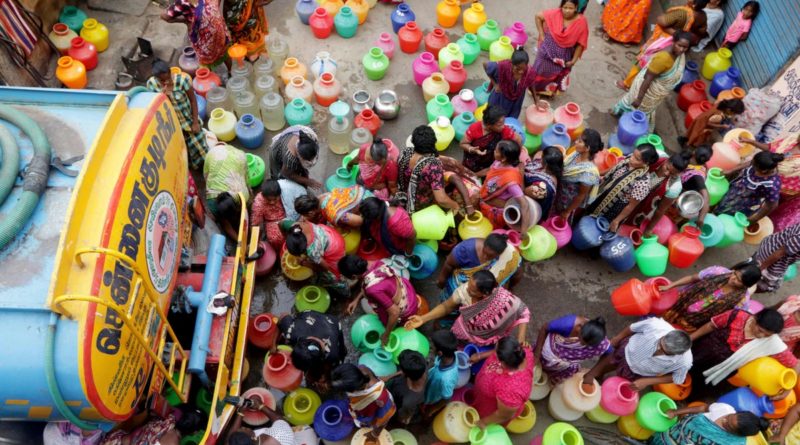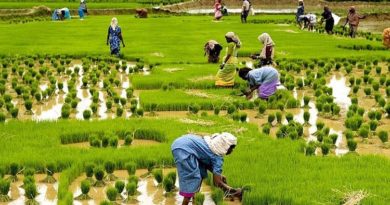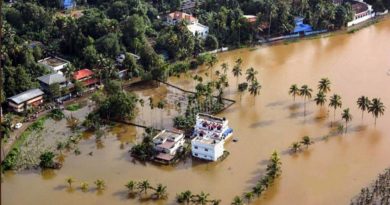India faces worst water crisis: NITI Aayog
The NITI Aayog on Thursday released the results of a study warning that India is facing its ‘worst’ water crisis in history and that demand for potable water will outstrip supply by 2030 if steps are not taken.
Nearly 600 million Indians faced high to extreme water stress and about 2,00,000 people died every year due to inadequate access to safe water. Twenty-one cities, including Delhi, Bengaluru, Chennai and Hyderabad will run out of groundwater by 2020, affecting 100 million people, the study noted. If matters are to continue, there will be a 6% loss in the country’s Gross Domestic Product (GDP) by 2050, the report says.
70% contaminated
Moreover, critical groundwater resources, which accounted for 40% of India’s water supply, are being depleted at “unsustainable” rates and up to 70% of India’s water supply is “contaminated,” the report says.
The NITI Aayog’s observations are part of a study that ranked 24 States on how well they managed their water. Gujarat, Andhra Pradesh and Madhya Pradesh took the top three spots, in that order, and Jharkhand, Bihar and Haryana came in last in the ‘Non-Himalayan States’ category. Himachal Pradesh — which is facing one of its worst water crises this year — led a separate 8-member list of States clubbed together as ‘North-Eastern and Himalayan.’ These two categories were made to account for different hydrological conditions across the two groups.
Low performers
About 60% of the States were marked as “low performers” and this was cause for “alarm,” according to the report. Many of the States that performed badly on the index — Uttar Pradesh, Odisha, Chhattisgarh — accounted for 20-30% of India’s agricultural output. “Given the combination of rapidly declining groundwater levels and limited policy action…this is likely to be a significant food security risk for the country,” the report says.
On the other hand, the index noted, several of the high and medium performers — Gujarat, Madhya Pradesh, Andhra Pradesh, Karnataka, Maharashtra and Telangana — had faced droughts in recent years. Therefore, a lack of water was not necessary grounds for States not initiating action on conservation. Most of the gains registered by the States were due to their restoration of surface water bodies, watershed development activities and rural water supply provision.
Envisioned as an annual exercise, the Composite Water Management Index (CWMI), to evaluate States, has been developed by the NITI Aayog and comprises 9 broad sectors with 28 different indicators covering various aspects of groundwater, restoration of water bodies, irrigation, farm practices, drinking water, policy and governance. “While Jharkhand and Rajasthan may have scored low, they have made remarkable improvement when compared over two years,” said Amitabh Kant, CEO, NITI Aayog.
Other experts said that unless India woke up to its water crisis, disaster loomed. “There is great awareness now about air pollution, however, India’s water crisis does not get that kind of attention,” said Rajiv Kumar, Vice-Chairman, NITI Aayog.
This was originally published by The Hindu




